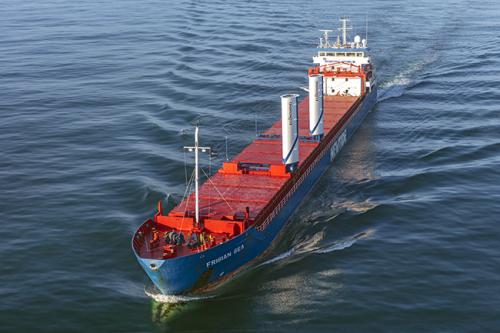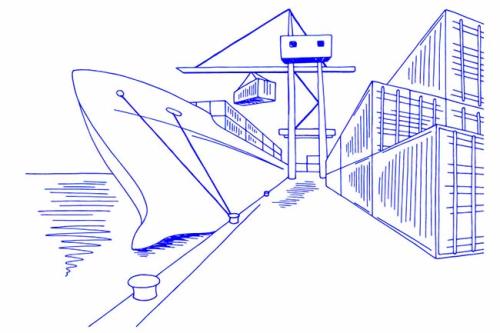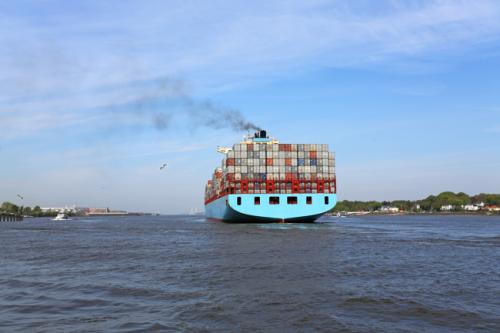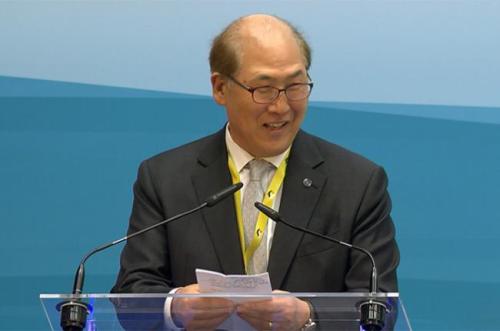Emissions from shipping
AirClim works to reduce shipping emissions through advocacy at both the EU and the International Maritime Organization (IMO) levels.
A key priority is ensuring the implementation of sulphur regulations in shipping and further reducing emissions by designating all European seas as Emission Control Areas (ECAs)—a decision made within the IMO. This includes:
- Enforcing the 2022 decision to extend the Mediterranean ECA to include SOx emissions from May 2025.
- Advocating for a new ECA in the Atlantic, a process initiated in 2022.
Within the EU, AirClim pushes for stricter NOx emission limits for both new and existing vessels and works to reduce emissions of primary particulate matter from shipping. Additionally, we advocate for:
- Stronger energy efficiency measures in the maritime sector.
- Increased use of renewable fuels to replace fossil-based shipping fuels.
While the IMO’s greenhouse gas strategy aims for "net-zero GHG emissions from international shipping by or around 2050," this target falls short of the Paris Agreement’s climate goals. The EU must raise its ambition beyond IMO standards—especially through economic instruments like the Emissions Trading System (ETS)—to drive more substantial emission reductions.
Despite IMO’s shortcomings, influencing its policies remains critical—not only to push for stronger targets but also to close loopholes and improve emission accounting methods that currently undermine climate goals.







